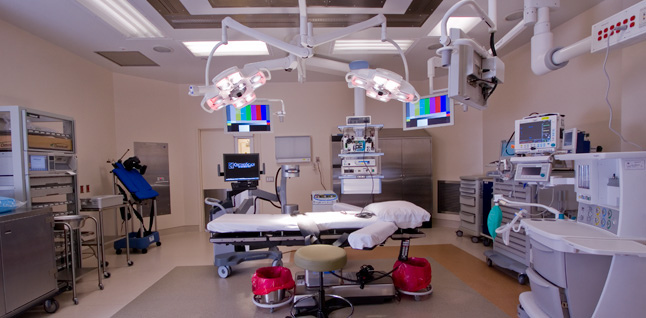
1) Familiarize Your Practice With New Coding Protocols
Medical practices covered by the Health Insurance Portability and Accountability Act will need to switch to the new ICD-10 code set. ICD-10 offers a much more descriptive system of coding and can be used to detail particular injuries that the ICD-9 protocol could not thoroughly describe. The Centers for Medicare & Medicaid Services provides many online resources to help healthcare providers to make the switch more fluidly.
2) Recognize Which Codes Your Practice Uses Often
For efficient physician billing, ambulatory care billing professionals need to ensure that they have a good understanding of which codes are used most often. By examining records for the types of patients your ASC regularly treats, you can start to understand which codes are most commonly used so that you have a better idea of which codes you should pay particular attention to. Also, make a note of any codes that have lead to rejected claims and be sure to closely analyze what went wrong with these claims so that you can avoid denials in the future.
3) Understand Codes That Commonly Trouble Others
There are some orthopedic procedure codes that other ASC billing professionals have had trouble with. In an article on Becker’s ASC Review, Heather Becker writes that some of the more common errors that occur with coding are:
- Removal of hardware or implants. Remember that the code is only billed once for each operative site or fracture. Multiple code billings are only used if multiple anatomical areas are worked on.
- External fixation needs to be coded separately to prevent revenue loss.
- Sacroiliac joint injections require several different codes depending on whether you are billing a commercial payor or Medicare and whether you are using fluoroscopic guidance or arthrography.
Using this advice you should be able to keep your coding in proper order so that you can get compensated for the work that your surgery center does. While effective coding can be a challenge due to the complexity of today’s systems, as well as the changes that are happening within the field of physician billing, with due diligence your ASC can successfully code the orthopedic outpatient surgery procedures.
To find out more about best practices for coding of orthopedic diagnoses and procedures, visit the professionals at Healthcare Information Services. They have Certified Professional Coders with all of the experience and expertise necessary to help you navigate the challenges of orthopedic billing in the ambulatory surgery setting.